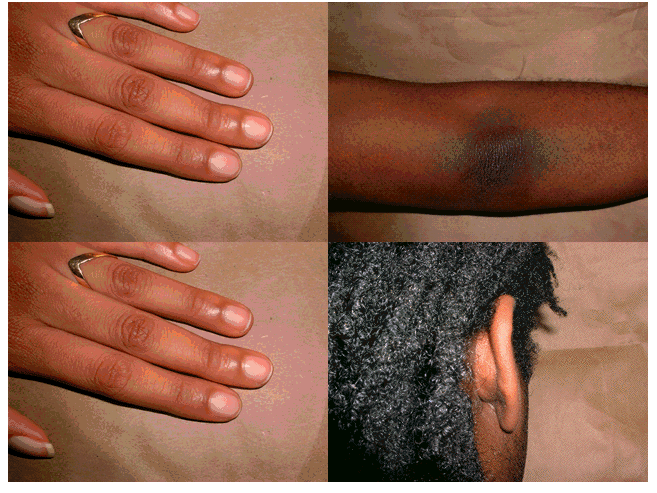Programmed: Rules, Codes, and Choreographies in Art, 1965–2018 | Art & Artists
Sept 28, 2018–Apr 14, 2019
Programmed: Rules, Codes, and Choreographies in Art, 1965–2018 | Art & Artists
Signal, Sequence, Resolution:
Realities Encoded
6
These artists use programming to adopt a critical stance by underscoring or exposing social, cultural, or political codes. Keith and Mendi Obadike’s project The Interaction of Coloreds, for example, uses a statement by Josef Albers on rules and color as a starting point for exploring how longstanding systems of racial categorization might translate into the digital sphere, specifically how skin color factors into online commerce. Marc Lafia and Fang-Yu Lin’s work reflects on the rules followed by authorities and their resistance while Paul Pfeiffer’s video sculpture addresses cultural and racial identity in sports and Jonah Brucker-Cohen and Katherine Moriwaki’s interactive data visualization explores how Twitter receives and shapes reality television.
Mendi + Keith Obadike, The Interaction of Coloreds, 2002
The Interaction of Coloreds, part of Mendi + Keith Obadike’s Black Net.Art Actions, engages with patterns of racial classification on the internet. The artists created the work at a time when online commercial ventures were positioning the internet as a space without prejudice, free from mediation through our physical appearance and therefore devoid of notions of race. Drawing attention to the fact that there still is a strong link between skin color and money in the filtering and tracking involved in online commerce, Mendi + Keith Obadike here create a satirical Color Check System. Billed as the world’s first online skin-color verification system, their website enables the translation of skin tone—as captured in a photo or screenshot—into a six-digit, three-byte hexadecimal number used in HTML, the online scripting language, to represent color (#FFFFFF, for example, equals white). Using satire as strategy, the work strives to spur conversations about racial discrimination in internet commerce.
Engage with The Interaction of Coloreds project here.
Artists
- Josef Albers
- Cory Arcangel
- Tauba Auerbach
- Jonah Brucker-Cohen
- Jim Campbell
- Ian Cheng
- Lucinda Childs
- Charles Csuri
- Agnes Denes
- Alex Dodge
- Charles Gaines
- Philip Glass
- Frederick Hammersley
- Channa Horwitz
- Donald Judd
- Joseph Kosuth
- Shigeko Kubota
- Marc Lafia
- Barbara Lattanzi
- Lynn Hershman Leeson
- Sol LeWitt
- Fang-yu Lin
- Manfred Mohr
- Katherine Moriwaki
- Mendi + Keith Obadike
- Nam June Paik
- William Bradford Paley
- Paul Pfeiffer
- Casey Reas
- Earl Reiback
- Rafaël Rozendaal
- Lillian Schwartz
- James L. Seawright
- John F. Simon Jr.
- Steina
- Mika Tajima
- Tamiko Thiel
- Cheyney Thompson
- Joan Truckenbrod
- Siebren Versteeg
- Lawrence Weiner

